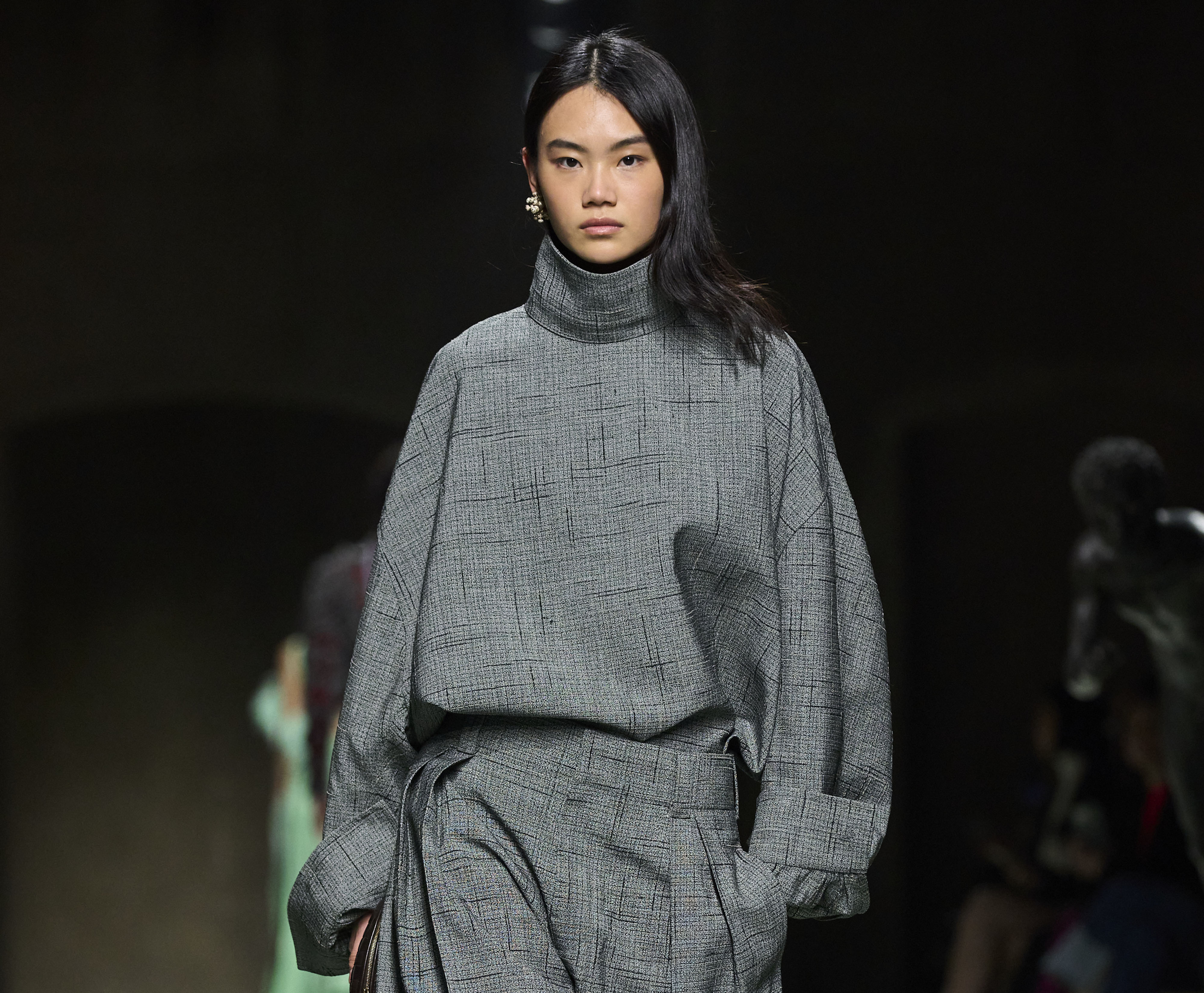When we talk about fashion minimalism, it often conjures visions of serene palettes, tailored silhouettes, and an overall sense of understated elegance. But for many, especially those who have navigated the ebbs and flows of style trends, minimalism can seem like a paradox. Is it a deliberate aesthetic choice, or simply a response to the fatigue created by excessive consumerism? The phrase “That’s the Only Four Shirts I Knew About” encapsulates a sentiment that moves beyond the surface, probing into our expectations of fashion in an age of confusion and abundance. This article endeavors to dissect the nuances of fashion minimalism and question whether it is truly an artistic statement or an emblem of struggle.
The Allure of Minimalism
At its core, fashion minimalism is about paring down one’s wardrobe to the essentials. Clean lines, neutral tones, and high-quality fabrics characterize this approach, aiming to evoke a timeless elegance rather than fleeting fads. Think of iconic figures like Coco Chanel, who championed the “less is more” ideology. Such leaders in the fashion world help forge an ideal that suggests sophistication can be derived from simplicity. For many, the beauty of minimalism lies not just in the garments themselves but in the ease of choice and the liberation from the pressure to conform to the ever-revolving door of fashion trends.
However, silence often accompanies this elegant simplicity. The polished ease of a minimalist wardrobe can mask deeper societal pressures—the unsaid rules that govern how we choose to present ourselves. Are we genuinely embracing minimalism, or are we simply succumbing to the constraints of status and expectation? It invites us to ponder whether our choices are expressive acts of individuality or reactions to external forces.
The Symbolism of Four Shirts
The phrase “That’s the Only Four Shirts I Knew About” suggests a haphazard approach to clothing, underscoring the idea that many individuals—perhaps tired of the relentless search for newness—are gravitating toward staple pieces that define their aesthetic. These four shirts might symbolize the epitome of functional fashion; they represent not just items of clothing but the essence of a curated and thoughtful wardrobe. Minimalism encourages individuals to consider the versatility of their pieces—each shirt must serve multiple purposes, transitioning seamlessly from casual outings to formal occasions.
Critics of such a limited wardrobe might argue that this reflects a lack of variety; however, proponents of minimalism would counter that each item should be versatile and imbued with significance. The emotional connection one has with these staple shirts could render them more meaningful than a plethora of options that ultimately lead to decision fatigue and discontent. Who needs choice when four perfectly tailored shirts can meet all your daily sartorial needs?
Fashion and Economic Realities
Yet it is essential to recognize that this minimalist movement is not purely a matter of personal preference; it intersects significantly with broader economic realities. The fast fashion industry, which, in recent years, has been criticized for its disastrous environmental impact and labor violations, has forced many consumers to reevaluate their purchasing habits. Fast fashion thrives on the notion of abundance, inundating consumers with an infinite array of choices. In stark contrast, minimalism advocates for intentionality—encouraging individuals to invest in garments that will last, thereby mitigating waste and promoting sustainability.
In this light, minimalism becomes not only a fashion choice but a political stance. It embodies a rejection of disposable culture in favor of conscientious consumption. However, this shift requires a level of privilege that not everyone possesses. For the economically disadvantaged, the notion of curating a capsule wardrobe can feel like an unattainable luxury. Herein lies the tension: minimalism is often romanticized, yet it can also reflect a struggle of socioeconomic disparities. Minimalism can seem aspirational but may underscore the limitations in clothing accessibility for a significant portion of the population.
Redefining Identity Through Wardrobe Choices
As people continue to navigate their identities, the intersection of minimalism with personal expectations offers room for reflection. The curated four shirts can become a canvas upon which personal stories are written. It calls to mind the philosophy that our choices in fashion can serve as powerful expressions of who we are and who we aspire to be. Minimalist enthusiasts might advocate for fewer, but far more meaningful choices—allowing the garments themselves to tell a story of quality over quantity.
Moreover, the growing awareness of fashion’s impact on self-perception complicates our relationship with what we wear. While minimalism may invoke a sense of calm and clarity in our day-to-day lives, the desire to showcase individuality persists. Fashion has evolved into a language of expression; therefore, even in a minimalist framework, individuals find themselves grappling with the validity of simplistic aesthetics against the backdrop of deep-rooted cultural constructions of identity.
The Future of Fashion Minimalism
The concluding question is not merely aesthetic—does fashion minimalism signify a purposeful design philosophy, a fleeting trend, or simply a manifestation of struggle amid overwhelming choices? With sustainability at the forefront of contemporary discourse in fashion, minimalism is poised to evolve. As we aspire to curate capsule wardrobes, we must remain vigilant against the commodification of minimalism itself. It should encourage introspection and authenticity rather than becoming just another trend.
In the grand tapestry of fashion, the phrase “That’s the Only Four Shirts I Knew About” echoes a deeper conversation. It presents an opportunity for individuals to engage in meaningfully examining their relationships with clothing, reflecting both personal and societal expectations. In an arena fraught with contradictions, one must navigate personal aesthetics and broader cultural implications—bringing us full circle to the realization that minimalist principles can indeed serve as a burgeoning form of liberation rather than a reactive struggle.

